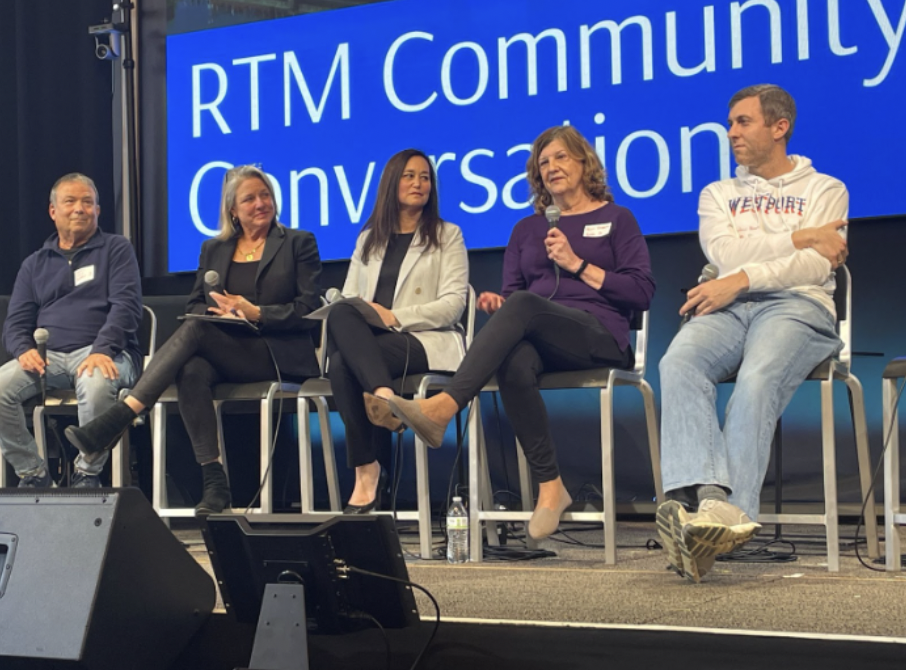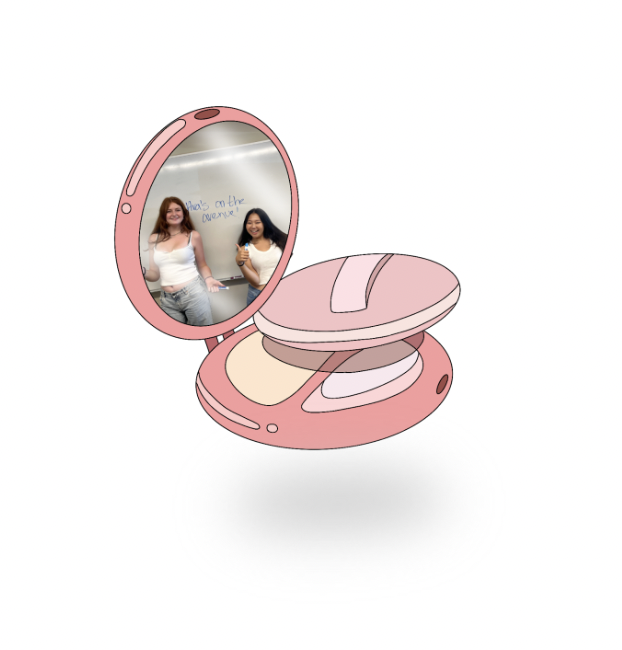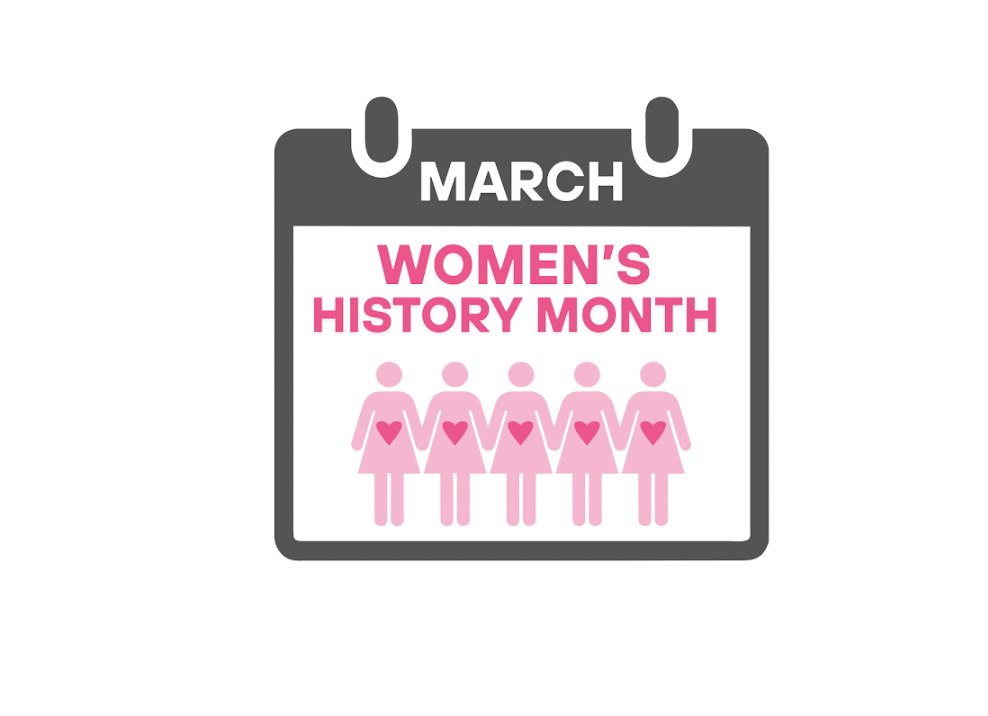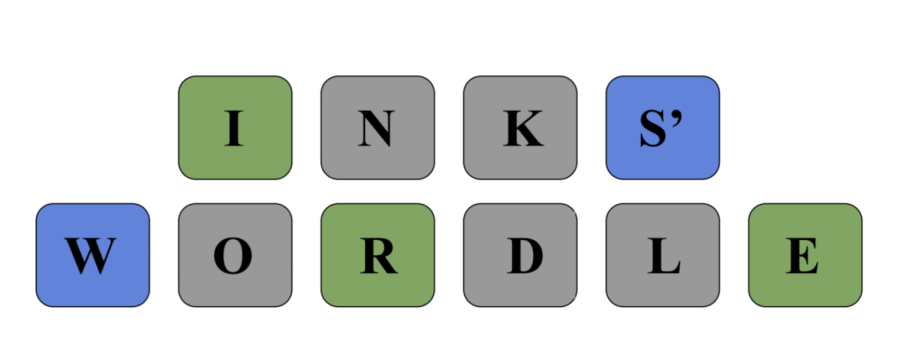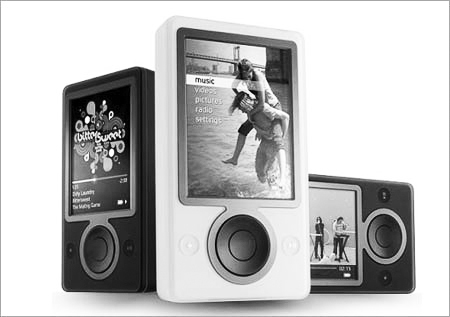Melanie Mignucci ’12
Video Editor
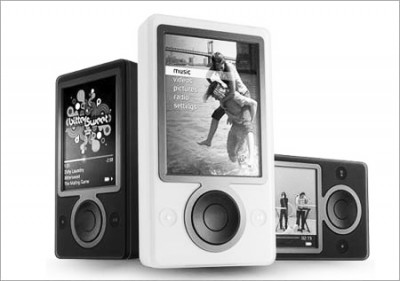
Thank you, Microsoft, for finally creating a perfect product.
Yes, Microsoft. The Zune HD, Microsoft’s answer to Apple’s iPod Touch, has proven that Microsoft can indeed make something both beautiful and functional. Let it first be known that I am a Mac junkie. I am writing– this article on a Mac, listening to music I bought from iTunes on my iPod. But looking at the Zune music system makes me wish I used a PC. Almost.
With Zune, a subscription of $15 a month will get you access to millions of songs, plus ten song credits every month, according to the Zune website. The songs that are unavailable on subscription cost 79 or 99 song credits apiece, instead of an atrocious $1.29 per song. You can buy credits, but there are enough albums available on subscription that it’s unnecessary.
The software also implements a ‘social’ element, akin to last.fm, which tracks which songs you listen to and recommends new music. The new Smart DJ feature, like Apple’s Genius, compiles playlists from both the Zune store and your personal library, making the most comprehensive auto-generated playlist available. But that’s just the software, not the player itself.
When one thinks of the Zune, one normally thinks of the original clunker Microsoft released to compete with the iPod, which did not take over the percentage of the market Microsoft anticipated. Chances are though that the average person has not used the Zune software, or actually held a Zune in the palm of their hand. The Zune HD is one of those machines that makes one’s mouth drop in awe.
Aesthetically, it is phenomenal, with straight-edged sides and customisable colours and back. Since the first generation of Zune, one has been able to access HD radio on the device itself. If you like a song, you can tell the device to add it to your shopping cart, even if you don’t know the title or artist, and download the song.
Now, with the Zune HD, the wireless Internet and sync function is available as well. A little known feature of the Zune is the ability to share songs with a nearby Zune for a short amount of time, taking the social element of music to a new level.
Its touchscreen works flawlessly, with a flicking action that can adjust volume or the song. The original Zune also has that feature in its receptive trackpad, which adjusts volume and scrolls through songs. Another great feature is the video-outlet function, allowing you to directly connect to your television, allowing you to watch movies straight from your Zune.
While the Apple app store has proven to be a wild success, Microsoft does not as of yet have plans to allow third parties to create applications or games for the Zune HD, said businessinsider.com in an article dated Sept. 15 2009, the day the product came out.
The company plans to create its own Twitter and Facebook applications, as well as simple games, but it has been speculated that not allowing third parties to create apps will hinder the success of the device.
The Zune was never going to take over the market for MP3 players but this move will further hinder its future success.
The great irony of the Zune is that it is a 100 percent PC product which stereotypically Mac people would love, but can’t access. One of the reasons that the iPod is so successful is because it is compatible with both Macs and PCs.
The Zune software can only be installed onto a PC, and the Zune HD will only work with the Zune software. Sadly, Mac junkies who love music will never experience the musical nirvana that Zune embodies without joining the PC army.
Microsoft would be well advised to make their software compatible with both systems. In addition to this flaw, the Zune HD is only available in 16 and 32 GB capacity, while the iPod Touch can hold 8, 32, and 64 GB.
The Zune HD retails for $219 for the 16 GB version and $289 for the 32 GB version, which is comparable to the iPod Touch’s $199 and $299, respectively.
Overall, the Zune HD is a fantastic product that I would love to own but can’t, and if you own a PC and are in the market for an MP3 player you would be wise to explore the PC option.




